( 1967 )
A vineyard saved from disappearing
A spate of difficult vintages, followed by the death of Édouard Gasqueton, led his widow to uproot the estate’s vines in 1967. When he heard of the news, André Lurton volunteered to look after the estate, and consequently saved the 2 remaining hectares of vines. Three years later, the vineyard was sold to the SAFER (Société d’Aménagement Foncier et d’Établissement Rural), which undertook to divide and sell it.
Gilbert Comte, a pharmacist in Villenave d’Ornon, purchased the abandoned château and cellars. The remainder was sold to the INRA (National Institute of Agricultural Research). The leasehold agreement, which was concluded a few years earlier with André Lurton, was renewed until 1978, when the INRA took back vineyard management at Couhins.

